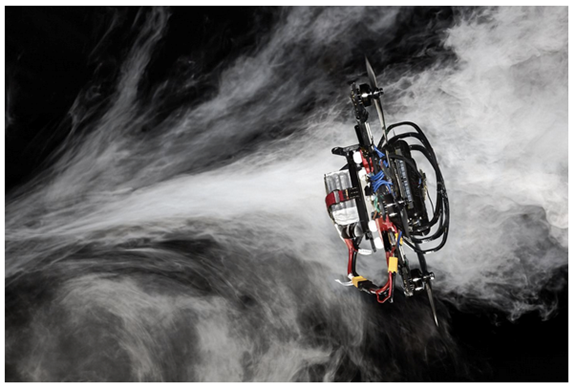
Human professional drone pilots are expert at using drones in search and rescue, building inspection, cargo delivery—applications where speed is critical. The drone’s limited battery life means that no matter what they face– going through waypoints like windows, rooms, or specific locations to inspect, adopting the best trajectory and the right acceleration or deceleration at each segment—they have to be fast. Now, for the first time, an algorithm outperforms professional pilots
Human drone pilots always outperformed autonomous systems in drone racing. However, a research group at the University of Zurich (UZH) developed an algorithm that can find the quickest trajectory to guide a drone with four propellers – through a series of waypoints on a circuit.
For the researchers, rather than assigning sections of the flight path to specific waypoints, their algorithm tells the drone to pass through all waypoints, but not how or when to do that, explained Philipp Foehn, PhD student and first author of the paper.
External cameras provide position information in real-time, providing information to the algorithm on where the drone was at any moment. Human pilots were given the opportunity to train on the circuit before the race, yet the algorithm won: all its laps were faster and the performance was more consistent. Once the algorithm found the best trajectory it reproduces it faithful, unlike human pilots.
Original Release: Eureka Alert
